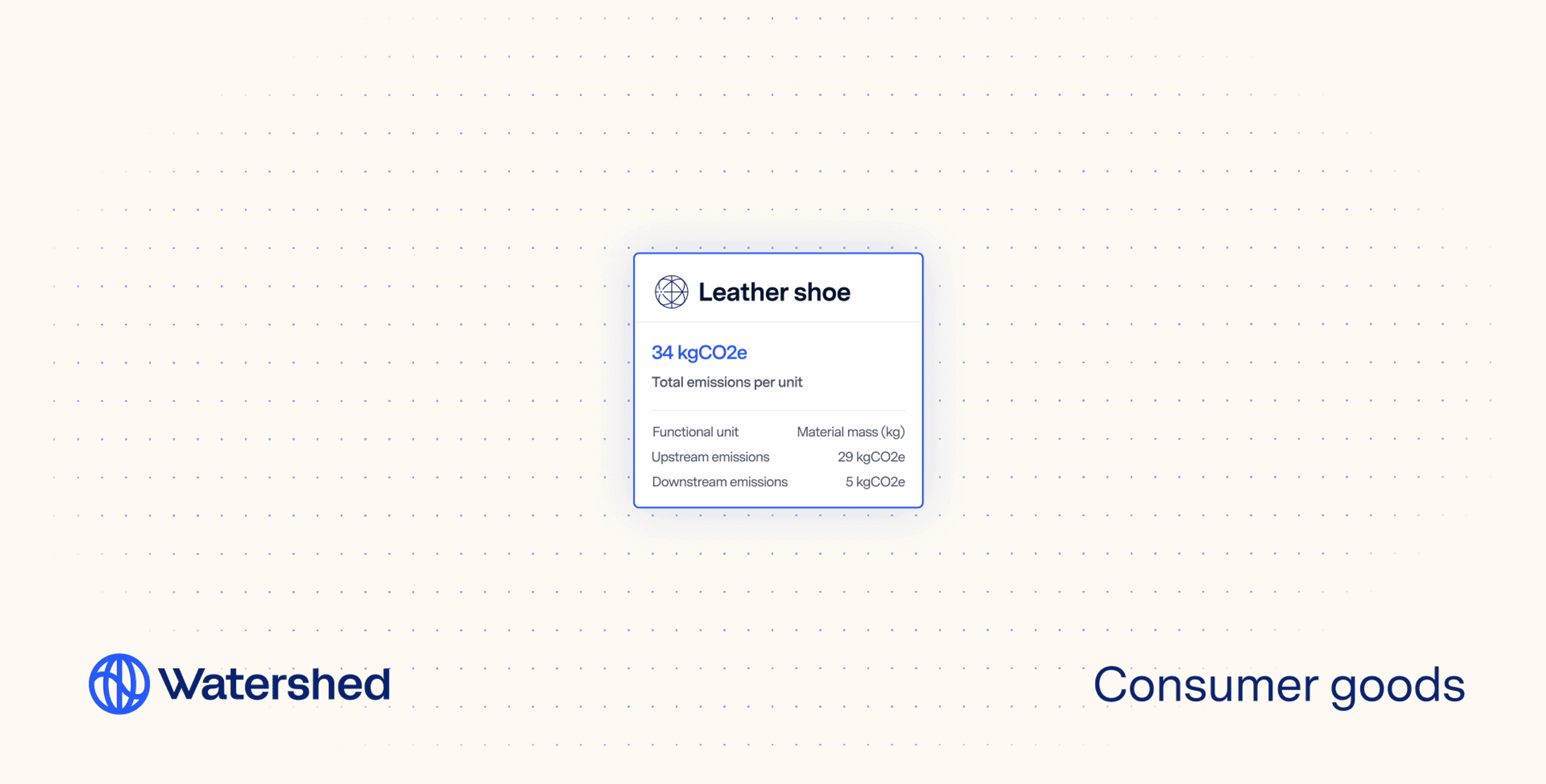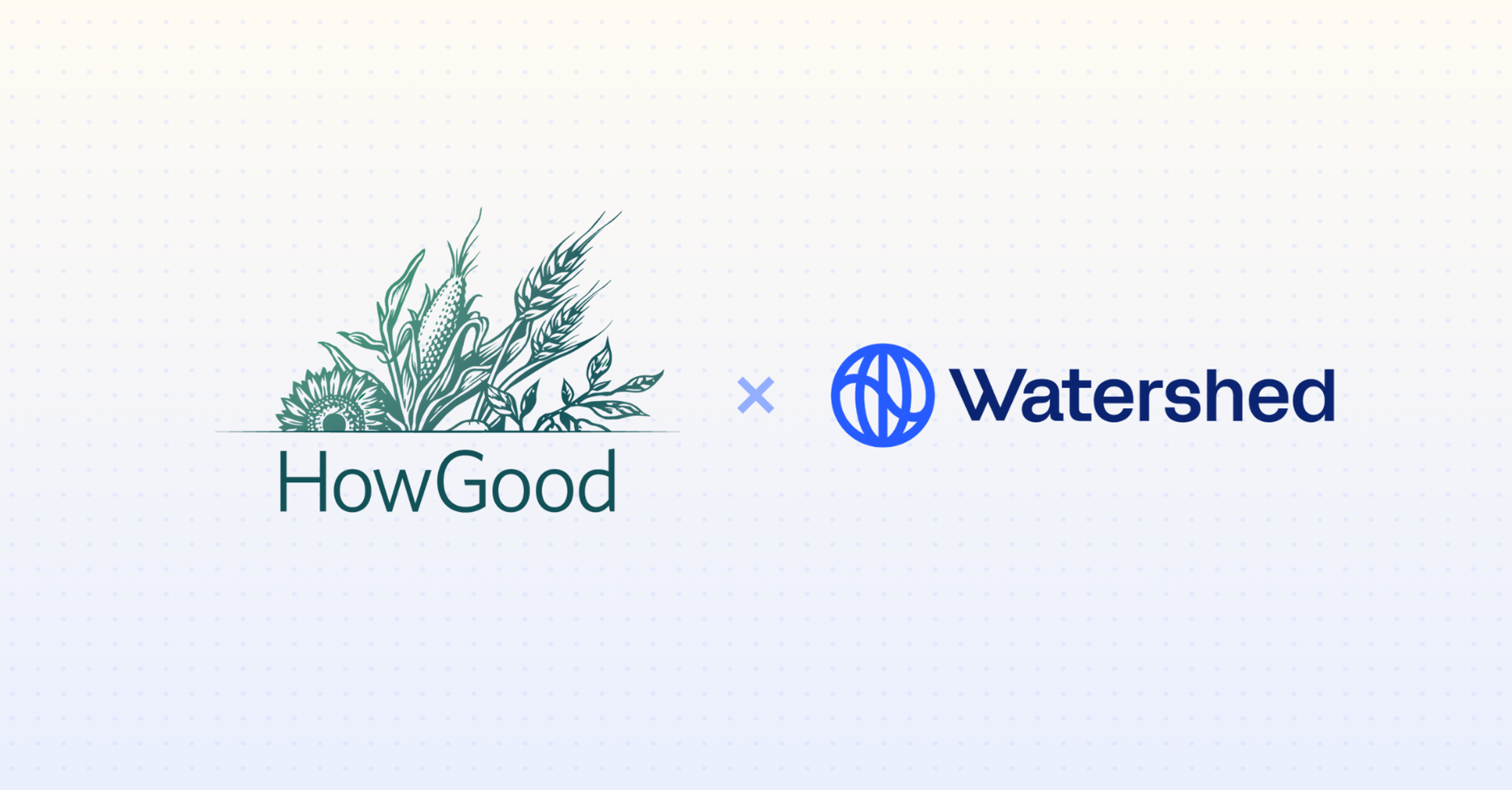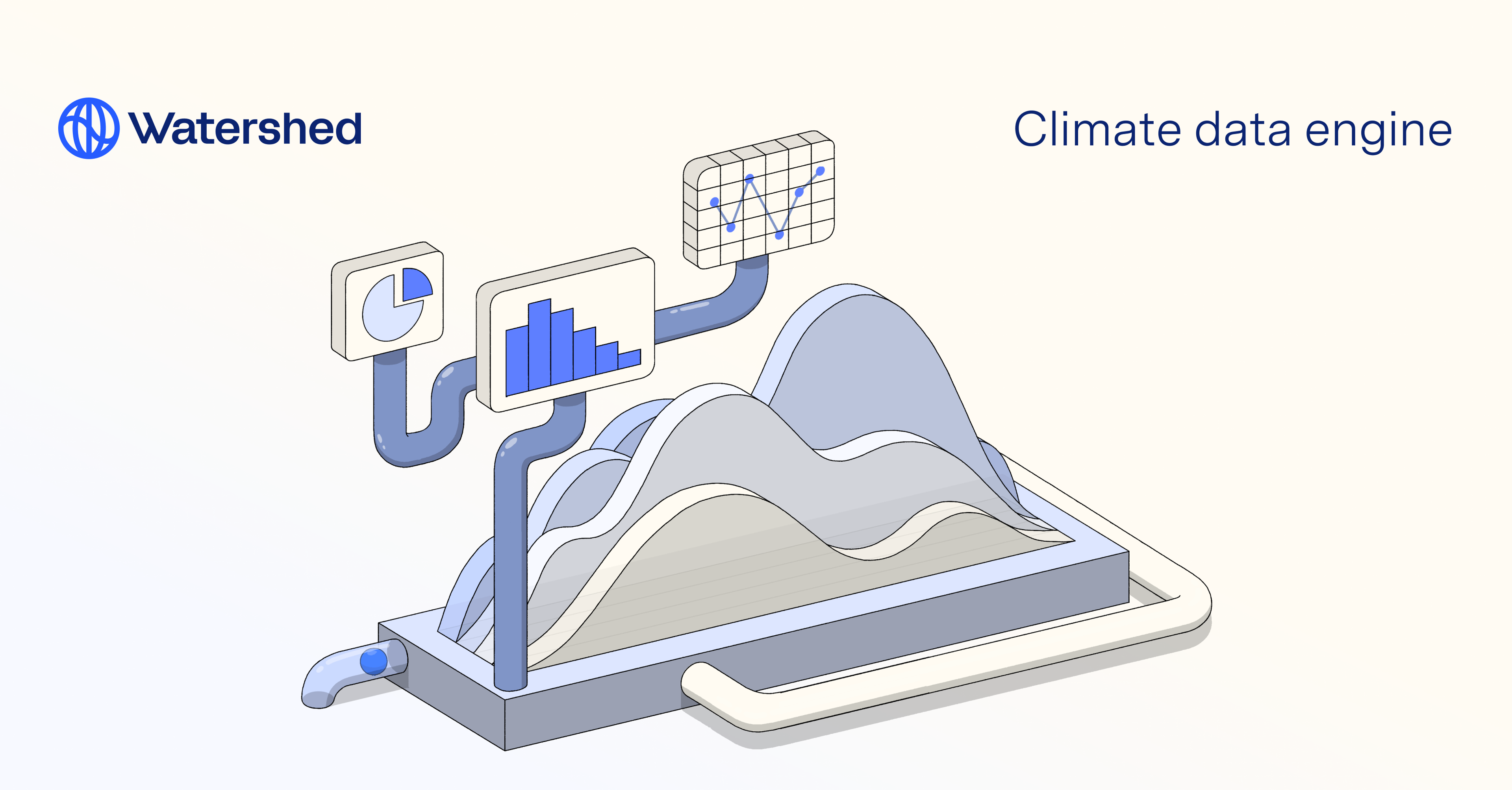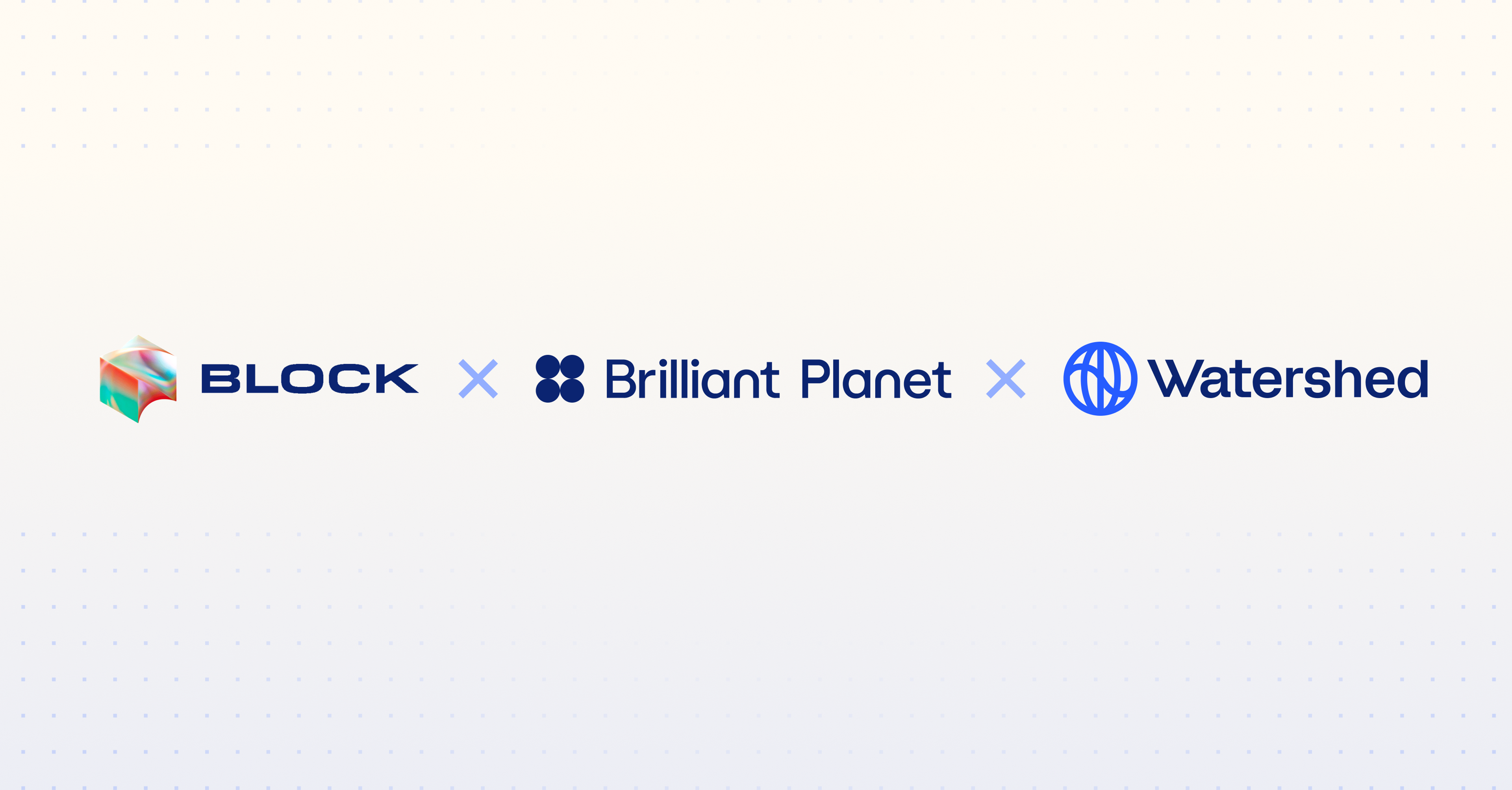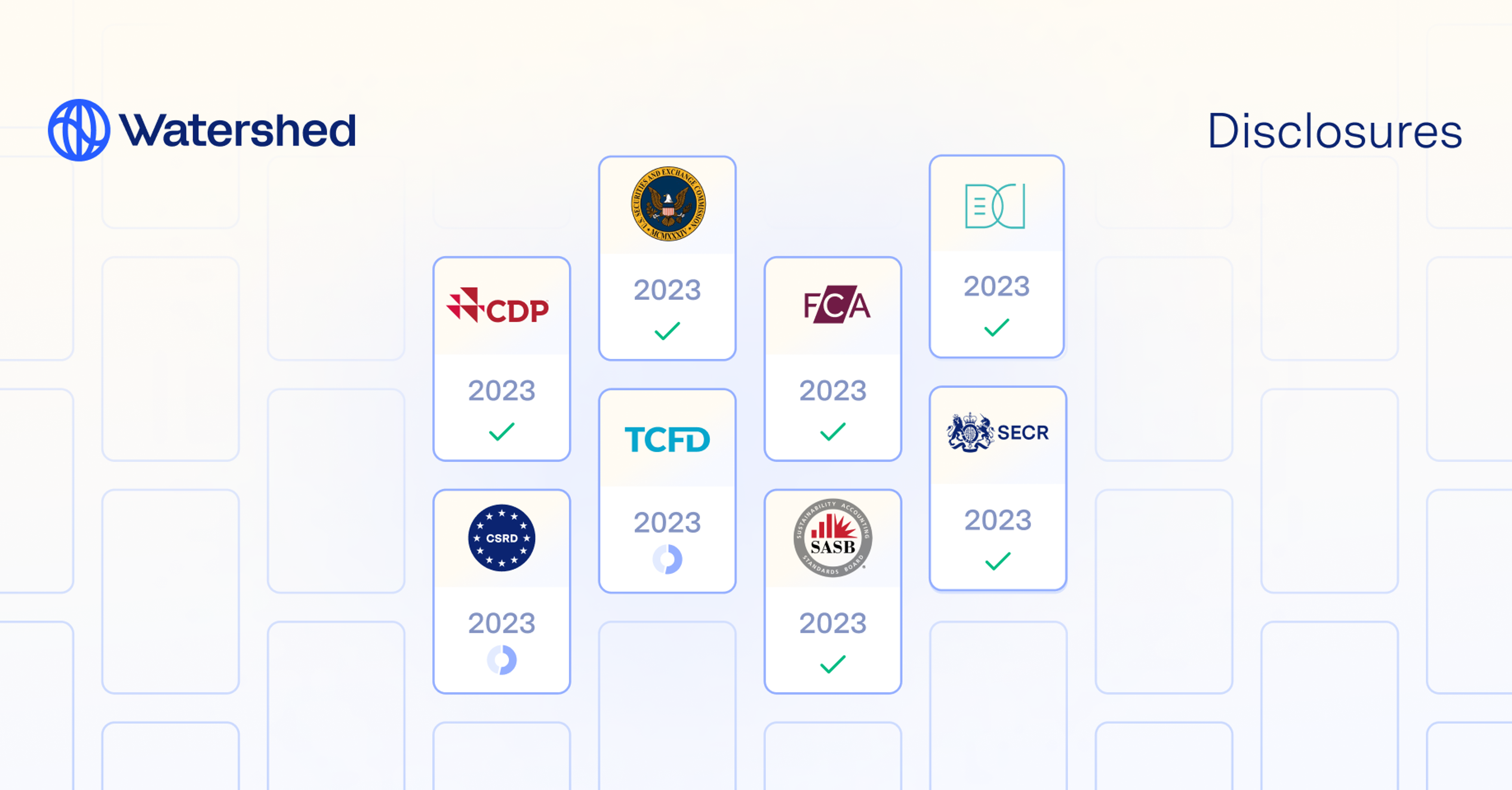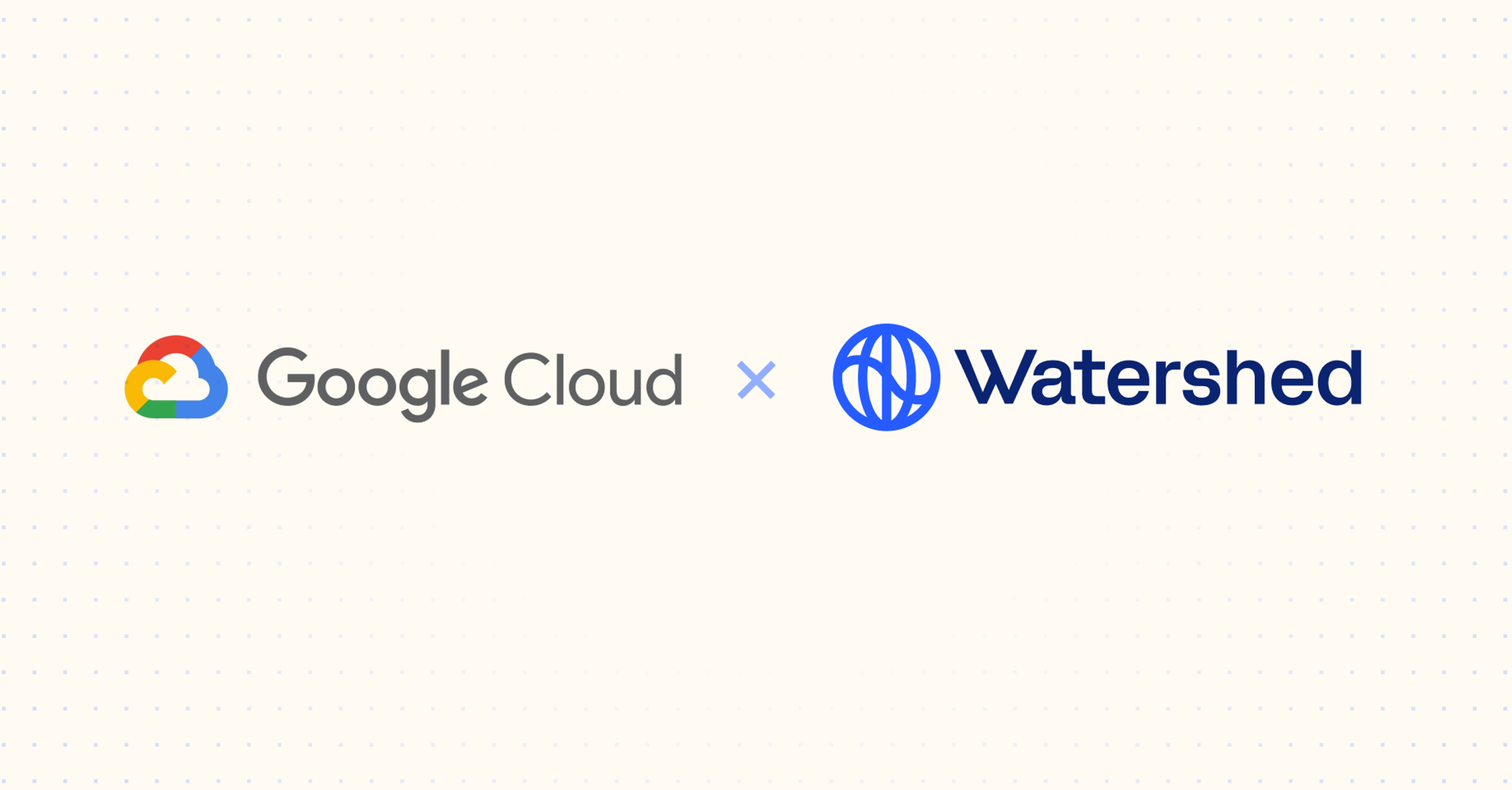Consumer demand for sustainable products is growing fast. A recent McKinsey survey found that in the past five years, products making ESG-related claims account for 56% of all growth in consumer spending. In a consumer survey from IBM and the National Retail Foundation, 71% of participants said they’d pay a price premium for a sustainable brand. But consumer brands are struggling to respond to these demands with meaningful climate action. Complex supply chains, large product catalogs, and messy data all stand in the way of concrete plans to decarbonize their products.
Based on our work with KEEN Footwear, SKIMS, Warby Parker, and other consumer product companies, Watershed has come up with a solution. We’ve created a way for brands to measure and take action on their emissions at the corporate, product and supplier levels in one platform.
Understand emissions at the product level
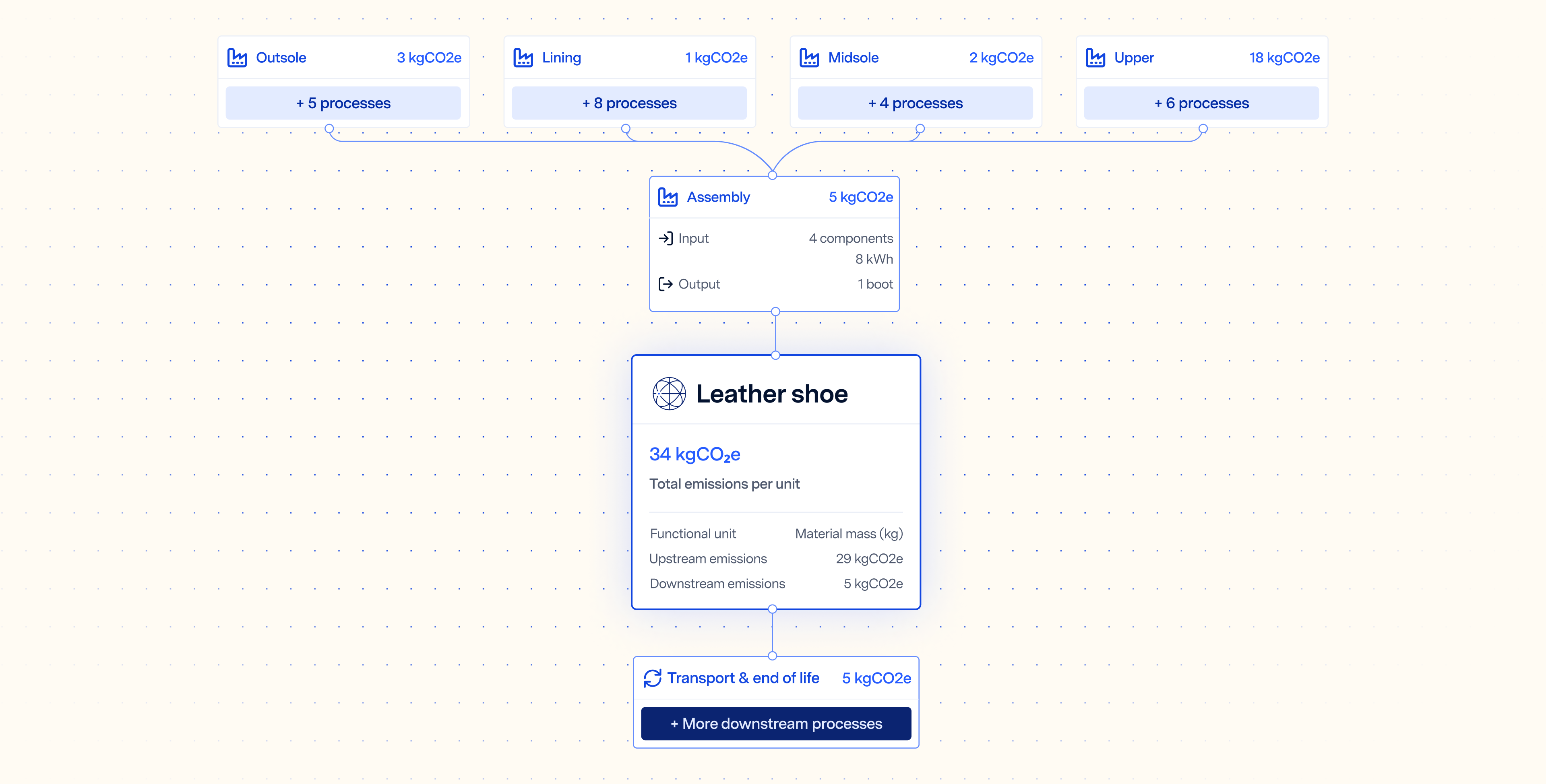
The vast majority—70-80%—of a consumer goods company’s carbon footprint is in the life cycle of its products. Historically, brands had a choice: a big picture view of all their emissions, or a detailed analysis of a single product. Watershed combines the two and identifies the climate impact across every step of creating, distributing and using your products.
From raw materials to end products, from factories to stores, companies get a clear picture of where their emissions lie, and can see opportunities for improvement across the whole business. This granularity is essential because even two very similar products can have completely different emissions hotspots.
Say you’re a footwear brand. For a leather sneaker, the most impactful area is the emissions from the cows that produce the raw leather, typically accounting for more than half of the carbon impact. But most of the emissions from the casual, cotton version of that same sneaker are in the manufacturing that turn the raw cotton into a shoe. Similar products, very different reduction opportunities.
Watershed can show you an exact emissions breakdown across the life cycle of each shoe in your product line—from the emissions affiliated with the cows that produce the raw leather, to the emissions from the factory that creates the rubber sole, all the way to the transport emissions that come with dropping the shoes on your doorstep.
We’re on a journey to reduce our impact and look forward to a future where our designers can say ‘I took X KGs of carbon out of my product line.’ We’re using Watershed’s material modeling tools - comparing virgin versus organic materials as an example - to help get us there.
– Kirsten Blackburn, Director, the KEEN Effect, KEEN Footwear
Simulate the impact of every business decision
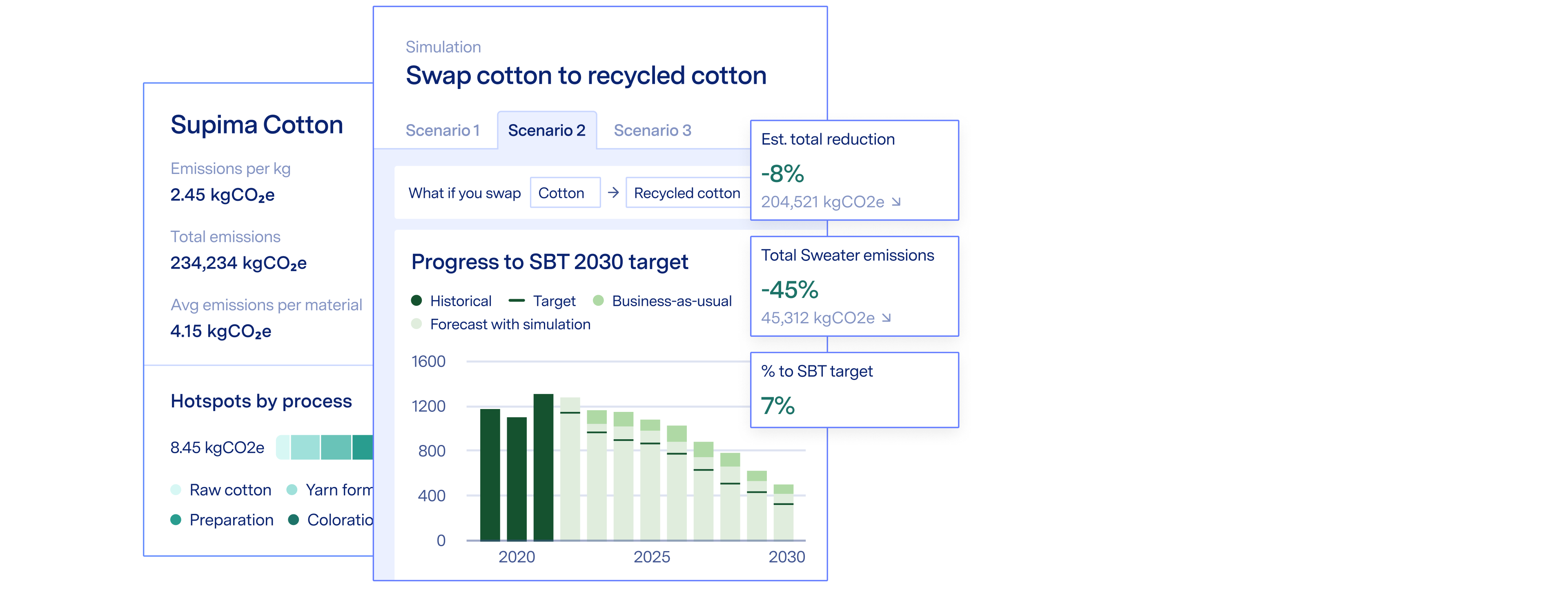
The whole point of granular data is that it powers actions with real impact. Rough estimates might find that a lot of your emissions come from manufacturing your textiles; a more granular view might give you the insight that for your particular supply chain, 50% of those emissions are from dyeing the fabric.
Then you can identify ways to tackle that big chunk of emissions, like changing from wet to dry coloration to reduce energy use, or running the factory where the dyeing takes place on renewable energy.
Businesses need to project the cost and carbon impact of potential interventions in order to decide which solutions to pursue. With Watershed, you can visualize and quantify the impact of different materials, manufacturing, transportation or packaging options.
This means a climate lead trying to convince their C-suite that a certain climate action will have a specific ROI—or a CEO trying to convince their board—will now be able to go to those meetings with solid, science-backed numbers in hand.
Engage suppliers to reduce emissions
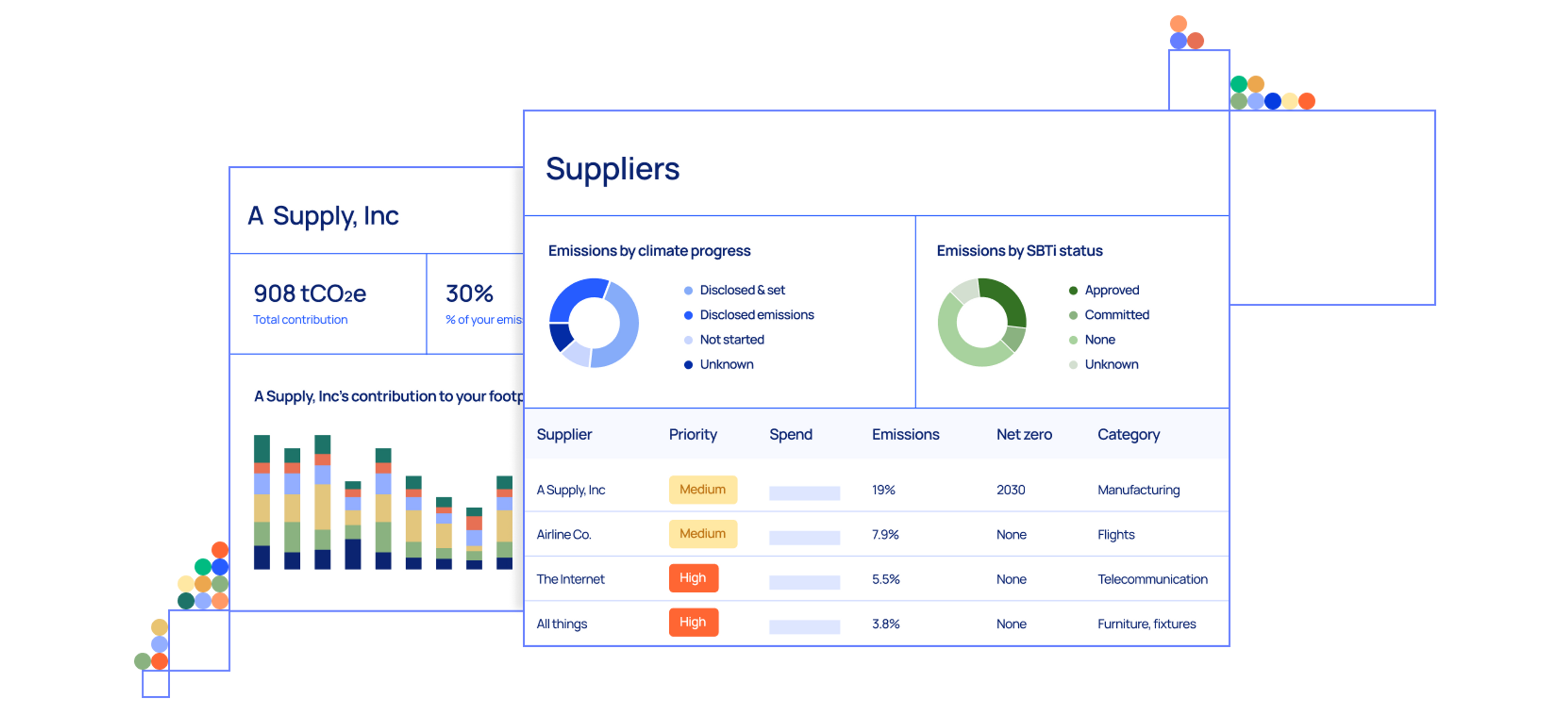
Engaging with your suppliers—specifically getting them to switch to renewable energy— is usually the key to unlocking big reductions. In a recent study on the apparel industry, the World Resources Institute found that switching factory energy sources to renewables reduces emissions ten times more than switching materials.
Most brands still use industry averages to measure the emissions of their products. This means their specific choices of suppliers aren't reflected in their product’s carbon footprint. However, a supplier’s energy mix is often the key determinant of a product’s emissions. A linen mill in Portugal, where the grid is relatively green, will generate 30% less emissions than producing the same material in India.
Watershed Supply Chain helps you get visibility at every step in your product’s creation. We help you drill down into supplier emissions, understand their hot spots, and take action to reduce their carbon footprint. Watershed does the heavy lifting of engaging your suppliers and connecting them with clean power and other reduction opportunities.
Any actions your suppliers take are then automatically reflected in your product’s carbon footprint, delivering the real impact your customers are looking for.
Watershed Supply Chain helps us to prioritize climate action in our supply chain, enabling us to focus on our most material suppliers. Watershed provides deep climate education and actionable reduction paths for our partners to collaborate in achieving Klarna's highest level sustainability goals.
-Salah Said, Head of Sustainability at Klarna
Whether you’re just getting started or looking to advance your current climate program, Watershed can help. We can help you accurately measure your emissions, set targets and report progress, and take action to reduce your climate impact. Learn more.
